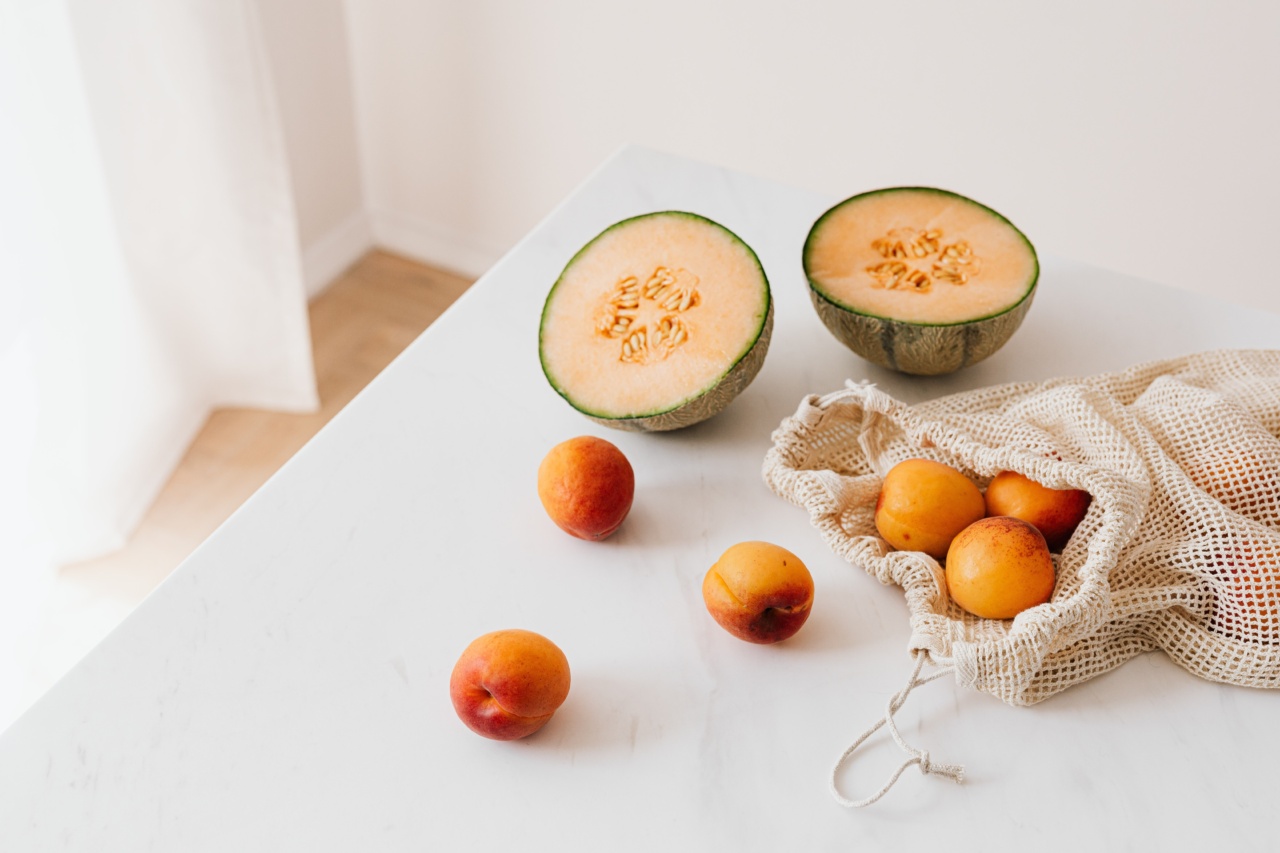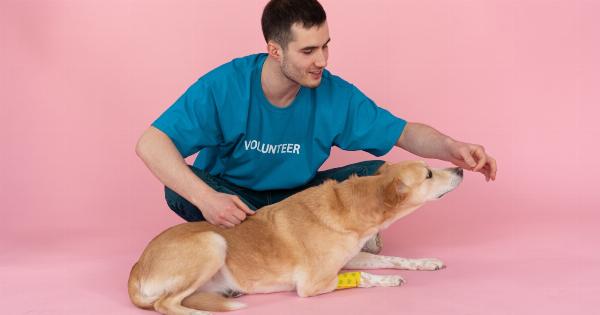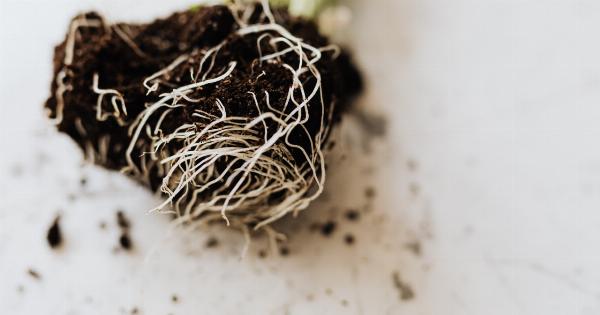Feeding your dog a raw diet has become increasingly popular among pet owners in recent years. Proponents of this diet claim that it can improve your dog’s overall health, enhance their coat and skin condition, and even extend their lifespan.
However, before making any drastic changes to your dog’s diet, it’s important to understand the potential benefits and risks associated with a raw food diet for dogs. In this article, we will explore everything you need to know before feeding your dog a raw diet.
What is a raw diet?
A raw diet for dogs typically consists of uncooked meat, bones, fruits, vegetables, and other ingredients that are similar to what canines would consume in the wild.
The philosophy behind this diet is that it mimics the natural diet of dogs’ ancestors and provides them with the nutrition they need for optimal health. Proponents of the raw food diet argue that cooking food can destroy vital nutrients and enzymes, which are essential for a dog’s overall well-being.
Potential benefits of a raw diet
Advocates of the raw food diet claim that it offers several potential benefits for dogs, including:.
Improved digestion
One of the main reasons people switch to a raw diet for their dogs is to improve their digestive health. Raw food contains natural enzymes and bacteria that can aid in digestion and promote a healthier gut.
Dogs with sensitive stomachs, food allergies, or chronic digestive issues may benefit from a raw diet.
Enhanced coat and skin condition
Many dog owners report that their pet’s coat and skin become healthier and shinier on a raw diet.
This is believed to be due to the high levels of essential fatty acids and vitamins present in raw food, which can promote better skin hydration and overall coat quality.
Increased energy and vitality
Some dog owners claim that their pets have more energy and vitality on a raw food diet.
This could be attributed to the absence of artificial additives and preservatives commonly found in commercial pet foods and the higher nutritional value of raw ingredients.
Reduced allergies and food sensitivities
Commercial pet foods often contain potential allergens such as grains, artificial ingredients, and fillers.
By eliminating these ingredients and feeding a raw diet, some dog owners have noticed a significant reduction in their pet’s allergies and food sensitivities.
Possible risks of a raw diet
While the raw food diet may have its benefits, it’s essential to consider the potential risks associated with this type of feeding:.
Bacterial contamination
Raw meat can carry harmful bacteria such as Salmonella or E. coli, which pose a risk not only to your dog but also to human family members.
It is crucial to handle raw food with extreme caution, employing proper hygiene and sanitation practices to minimize the chances of contamination.
Nutritional imbalances
Without proper planning and knowledge, a raw diet can lead to nutritional imbalances in dogs. It may be challenging to ensure that your dog receives all the necessary vitamins, minerals, and other essential nutrients in the correct proportions.
Consulting with a veterinarian or canine nutritionist can help you formulate a balanced raw diet for your pet.
Potential choking hazards
Raw bones can be a choking hazard or cause damage to a dog’s teeth or digestive system if not selected and prepared correctly. Additionally, certain types of bones, such as cooked bones or those that splinter easily, can pose serious health risks.
It is crucial to research and consult with professionals to ensure safe bone choices for your dog.
Transitioning to a raw diet
Transitioning your dog from a commercial diet to a raw diet requires careful planning and a gradual approach. Sudden changes can cause gastrointestinal upset and lead to discomfort for your pet.
Start by introducing small portions of raw food, gradually increasing the amount while decreasing the commercial food until your dog is fully adjusted to the new diet.
Consulting with professionals
Prior to starting your dog on a raw diet, it’s essential to consult with a veterinarian or a qualified canine nutritionist. They can assess your dog’s specific nutritional needs and guide you in creating a well-balanced raw diet plan.
Regular check-ups and monitoring are also crucial to ensure that your dog stays healthy while on the raw food diet.
Conclusion
Feeding your dog a raw diet can have potential benefits for their overall wellbeing, including improved digestion, enhanced coat and skin condition, increased energy, and reduced allergies.
However, it’s crucial to understand the potential risks associated with a raw diet, such as bacterial contamination, nutritional imbalances, and potential choking hazards. By consulting with professionals, carefully planning the transition, and ensuring proper handling and preparation of raw food, you can provide your dog with a balanced and healthy raw food diet.





























